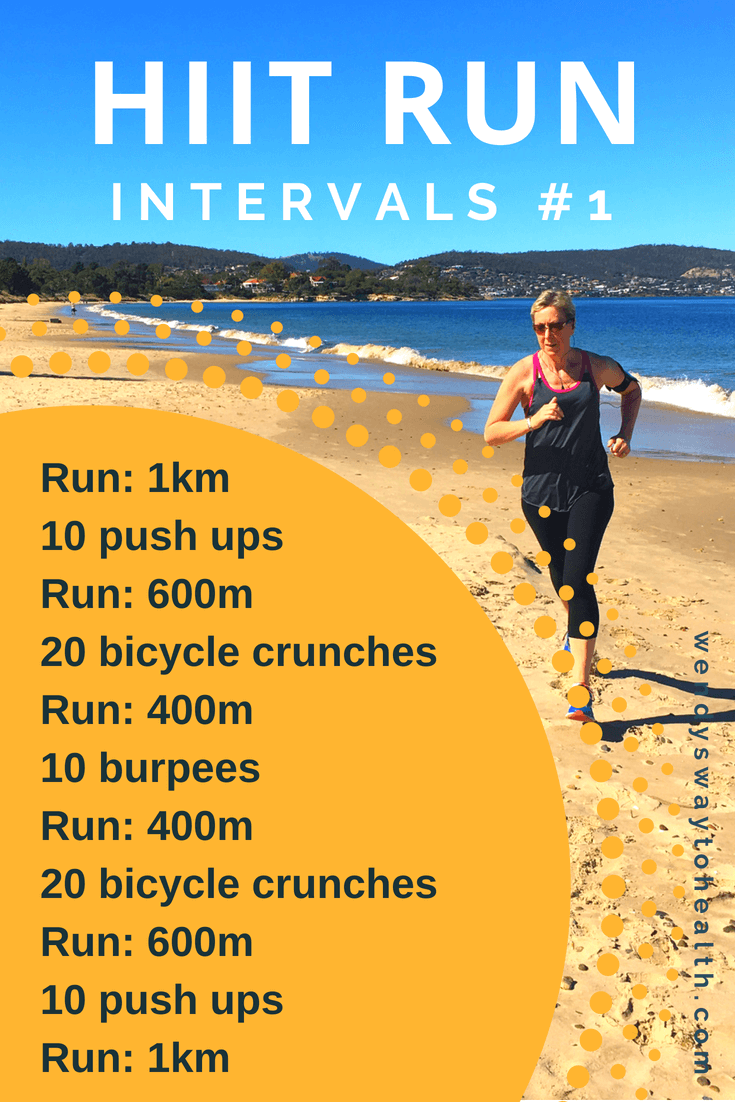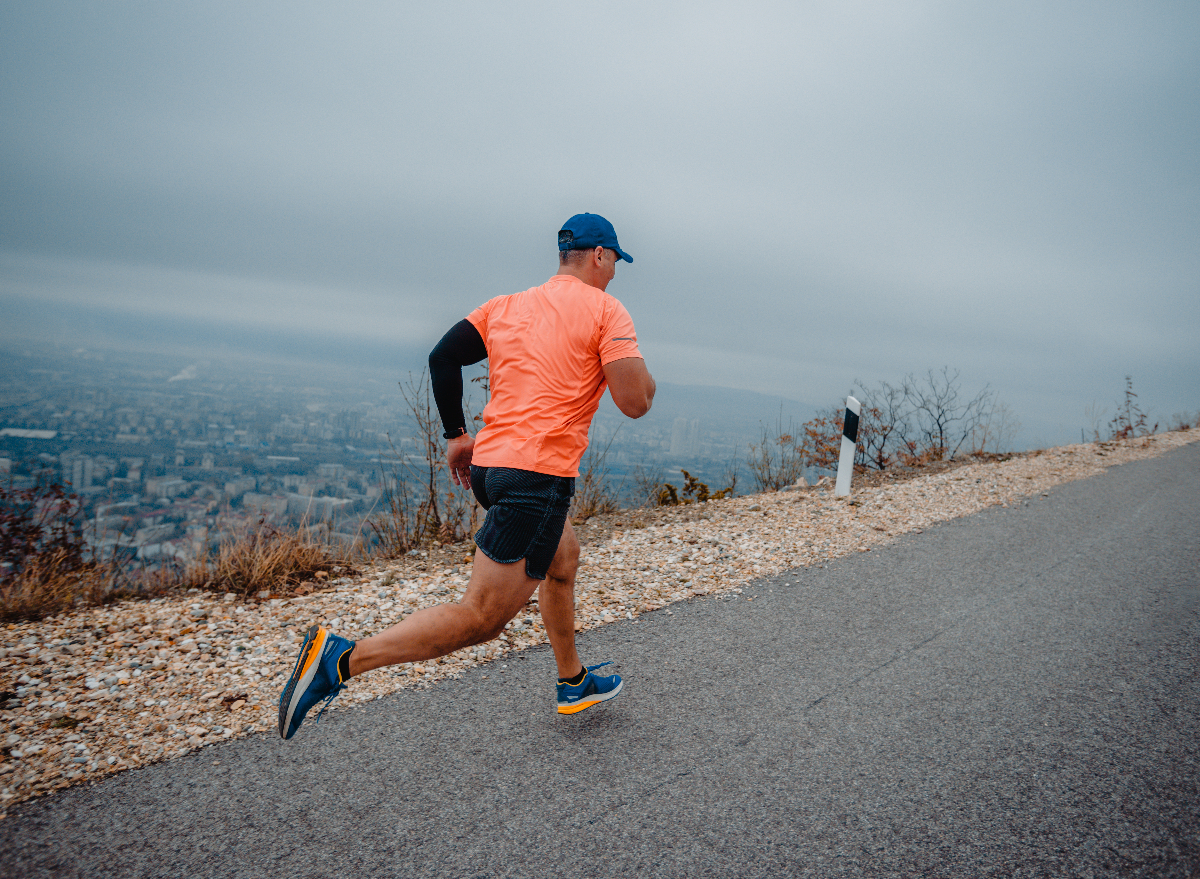Running Workout Techniques: Strategies to Boost Stamina and Speed
Running Workout Techniques: Strategies to Boost Stamina and Speed
Blog Article
Handling Typical Running Discomforts: Causes, Solutions, and Prevention
As joggers, we frequently run into different discomforts that can prevent our performance and pleasure of this exercise. From the devastating discomfort of shin splints to the unpleasant IT band disorder, these typical operating discomforts can be aggravating and demotivating. Recognizing the causes behind these conditions is vital in effectively addressing them. By checking out the origin factors for these operating discomforts, we can discover targeted remedies and preventative actions to ensure a smoother and more fulfilling running experience (read more).
Usual Running Discomfort: Shin Splints
Shin splints, an usual running discomfort, usually arise from overuse or inappropriate shoes throughout physical task. This problem, clinically referred to as medial tibial tension syndrome, manifests as pain along the inner edge of the shinbone (tibia) and prevails amongst professional athletes and joggers. The repeated tension on the shinbone and the tissues attaching the muscles to the bone leads to swelling and discomfort. Runners who rapidly increase the strength or period of their workouts, or those who have level feet or inappropriate running methods, are especially susceptible to shin splints.
To avoid shin splints, people should slowly raise the intensity of their workouts, put on suitable shoes with proper arch support, and preserve adaptability and strength in the muscle mass bordering the shin. If shin splints do take place, initial therapy entails rest, ice, compression, and elevation (RICE) Furthermore, including low-impact tasks like swimming or cycling can assist preserve cardio health and fitness while allowing the shins to heal. Consistent or extreme instances may require medical analysis and physical treatment for effective management.
Typical Running Discomfort: IT Band Syndrome
Along with shin splints, one more widespread running pain that professional athletes commonly run into is IT Band Disorder, a problem brought on by inflammation of the iliotibial band that runs along the outer thigh and knee. IT Band Disorder commonly shows up as discomfort outside of the knee, particularly throughout tasks like running or cycling. The iliotibial band is a thick band of fascia that links the hip to the shin, and when it ends up being irritated or tight, it can rub versus the upper leg bone, causing pain and pain.
Runners experiencing IT Band Syndrome may see a painful or aching sensation on the outer knee, which can get worse with ongoing activity. Factors such as overuse, muscular tissue discrepancies, incorrect running form, or poor warm-up can contribute to the growth of this problem. To avoid and alleviate IT Band Disorder, runners should focus on extending and strengthening exercises for the hips and upper legs, correct footwear, progressive training progression, and addressing any kind of biomechanical issues that might be intensifying the problem. Overlooking the symptoms of IT Band Syndrome can bring about persistent problems and prolonged healing times, stressing the value of early treatment and appropriate monitoring techniques.
Usual Running Pain: Plantar Fasciitis

Plantar Fasciitis can be credited to various elements such as overtraining, incorrect footwear, running on hard surfaces, or having high arches or flat feet. To stop and ease Plantar Fasciitis, joggers can include extending workouts for the calf bones and plantar fascia, put on encouraging shoes, keep a healthy and balanced weight to minimize stress on the feet, and slowly boost running strength to avoid sudden stress and anxiety on the plantar fascia. If signs and symptoms linger, it is advised to consult a healthcare specialist for correct medical diagnosis and therapy choices to deal with the condition effectively.
Common Running Discomfort: Jogger's Knee
After attending to the difficulties of Plantar Fasciitis, one more prevalent issue that joggers commonly deal with is Runner's Knee, a common running discomfort that can impede athletic performance and create discomfort during exercise. Jogger's Knee, likewise called patellofemoral discomfort syndrome, manifests as discomfort around or behind the kneecap. This condition is frequently credited to overuse, muscular tissue discrepancies, improper running strategies, or issues with the alignment of the kneecap. Joggers experiencing this pain might really feel a dull, hurting pain while running, going up or down staircases, or after long term periods of resting. To stop Runner's Knee, it is crucial to integrate proper workout and cool-down routines, keep strong and well balanced leg muscles, put on suitable shoes, and gradually raise running intensity. If signs and symptoms persist, inquiring from a medical care professional or a sporting activities medicine expert is advised to identify the underlying reason and develop a customized treatment plan to relieve the pain and protect against further issues.
Common Running Pain: Achilles Tendonitis
Frequently affecting joggers, Achilles Tendonitis is an agonizing problem that affects the Achilles tendon, causing discomfort and prospective constraints in exercise. The Achilles tendon is a thick band of tissue that connects the calf muscle mass to the heel bone, vital for tasks like running, leaping, and walking - go to this site. Achilles Tendonitis usually develops because of overuse, inappropriate footwear, inadequate stretching, or abrupt rises in exercise
Signs And Symptoms of Achilles Tendonitis include pain and tightness along the ligament, especially in the morning or after durations of lack of exercise, swelling that intensifies with task, and perhaps bone spurs in persistent situations. To avoid Achilles Tendonitis, it is important to stretch correctly previously and after running, use proper shoes with appropriate assistance, gradually raise the strength of workout, and cross-train to lower recurring stress on the ligament. Therapy might entail remainder, ice, compression, altitude (RICE procedure), physical therapy, resource orthotics, and in severe cases, surgery. Early intervention and correct treatment are critical for taking care of Achilles Tendonitis properly and protecting against lasting difficulties.
Final Thought

Report this page